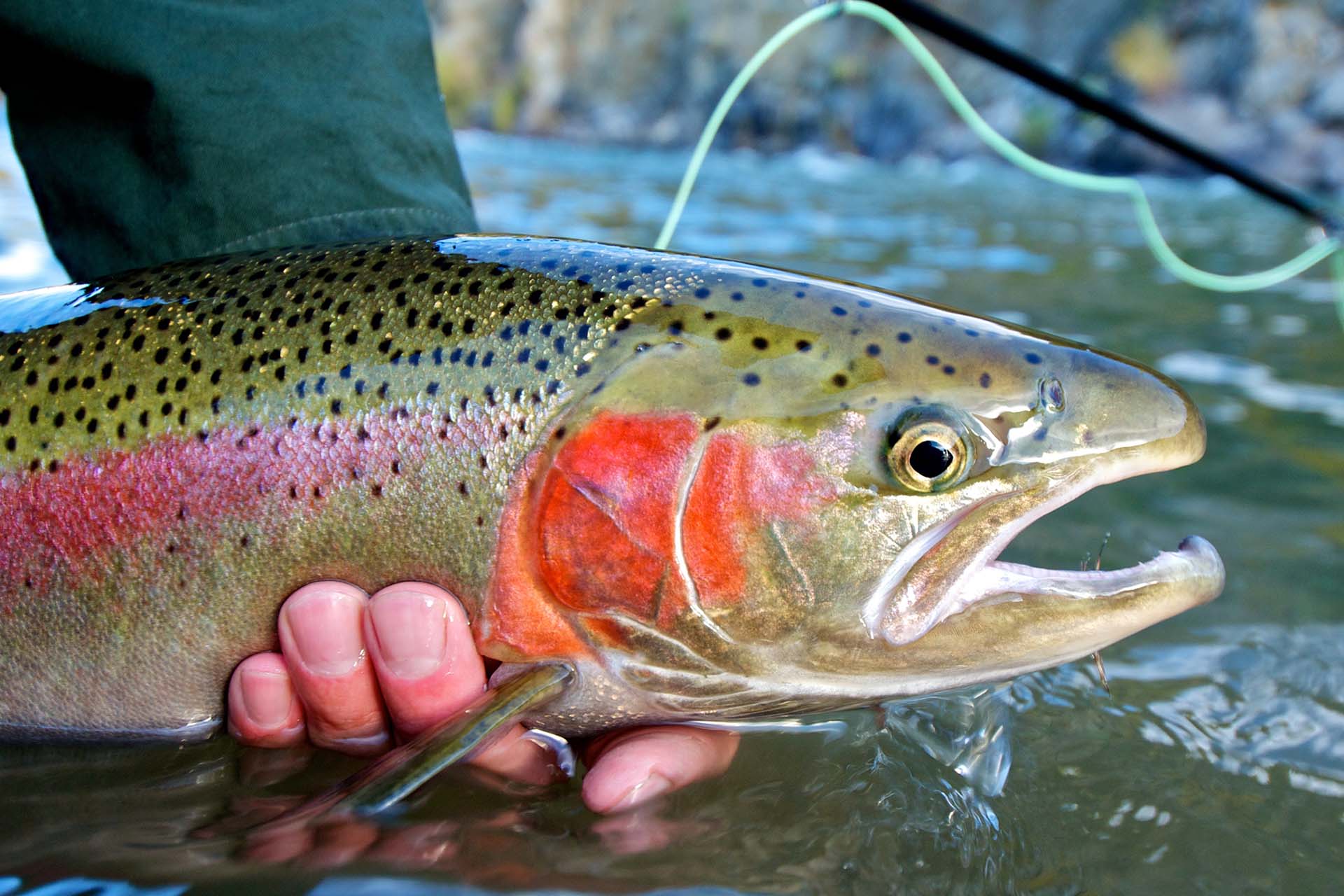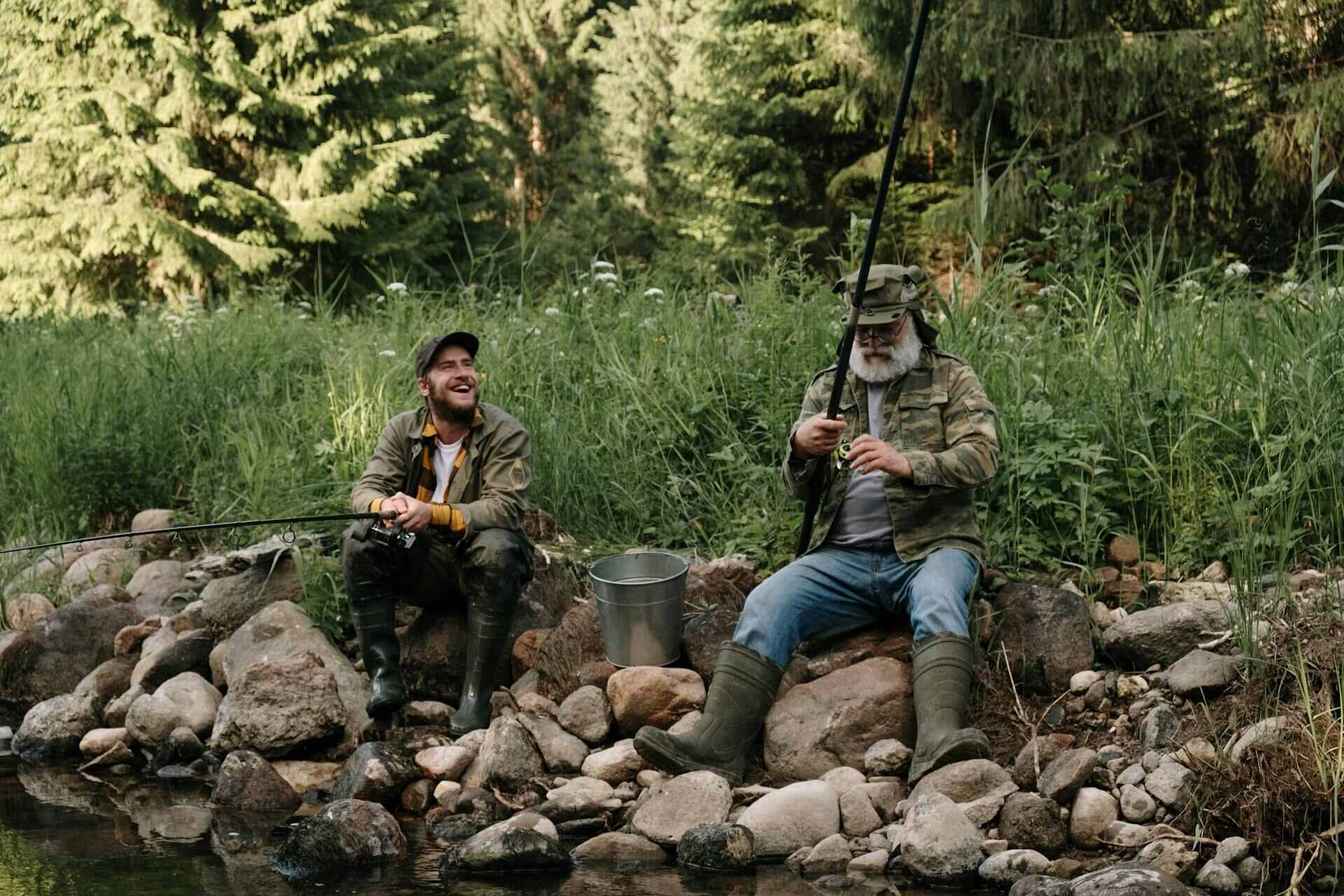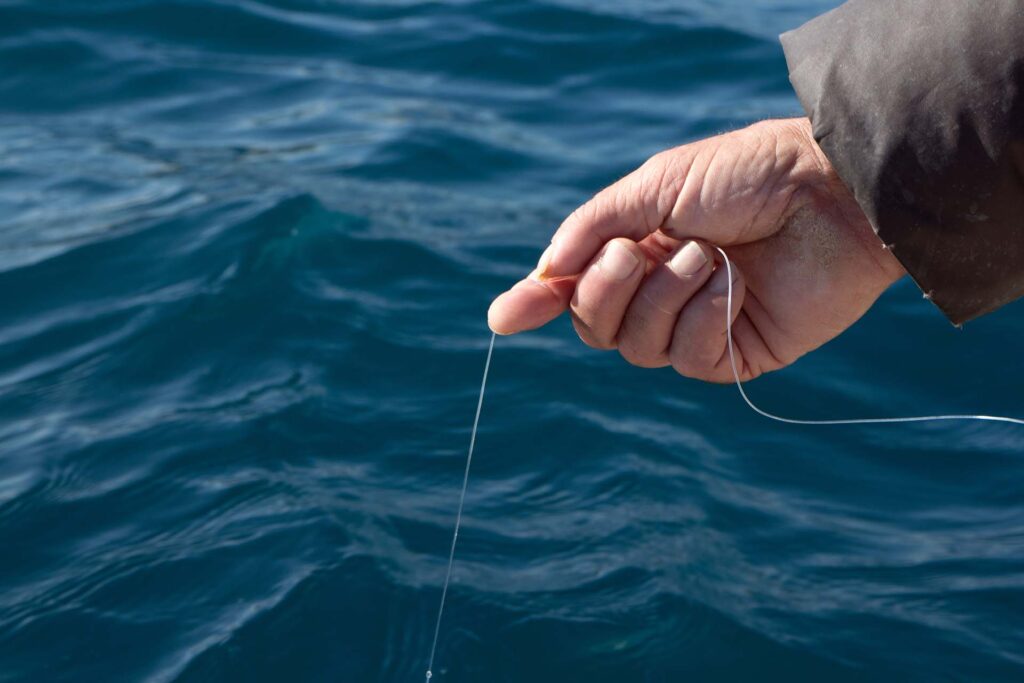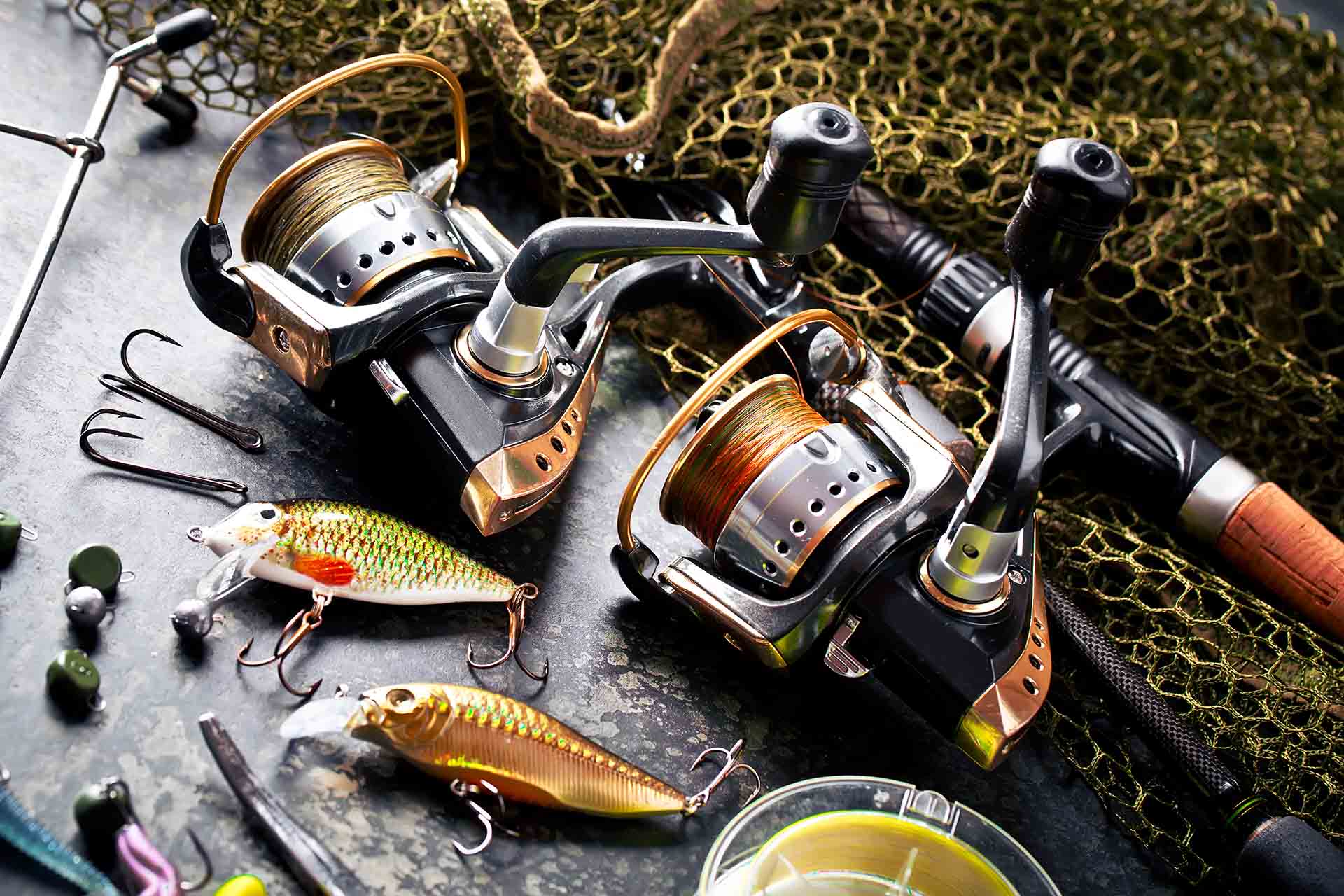Embark on an exciting journey into the world of catfishing as we explore how to set up a catfish rig. In this guide, we’ll break down the steps and strategies, making it easy for you to assemble the perfect tackle. Get ready to dive into the basics, enhance your fishing experience, and increase your chances of a successful catch!
How to Set Up a Catfish Rig?
Setting up a catfish rig involves several key steps to optimize your chances of a successful catch. Begin by understanding the fish’s behavior and selecting the right gear, including rods, reels, and lines. Explore different types of rigs, such as the slip sinker rig, and learn when to use each. With this comprehensive knowledge, you’ll be well-equipped to set up rigs that maximize your fishing experience.
Catfish enjoy widespread popularity, drawing the attention of more than seven million anglers across the nation. According to a recent survey conducted by the U.S. Fish and Wildlife Service, catfish hold a prominent position in the preferences of US anglers, trailing only behind bass, panfish, and trout in terms of popularity.
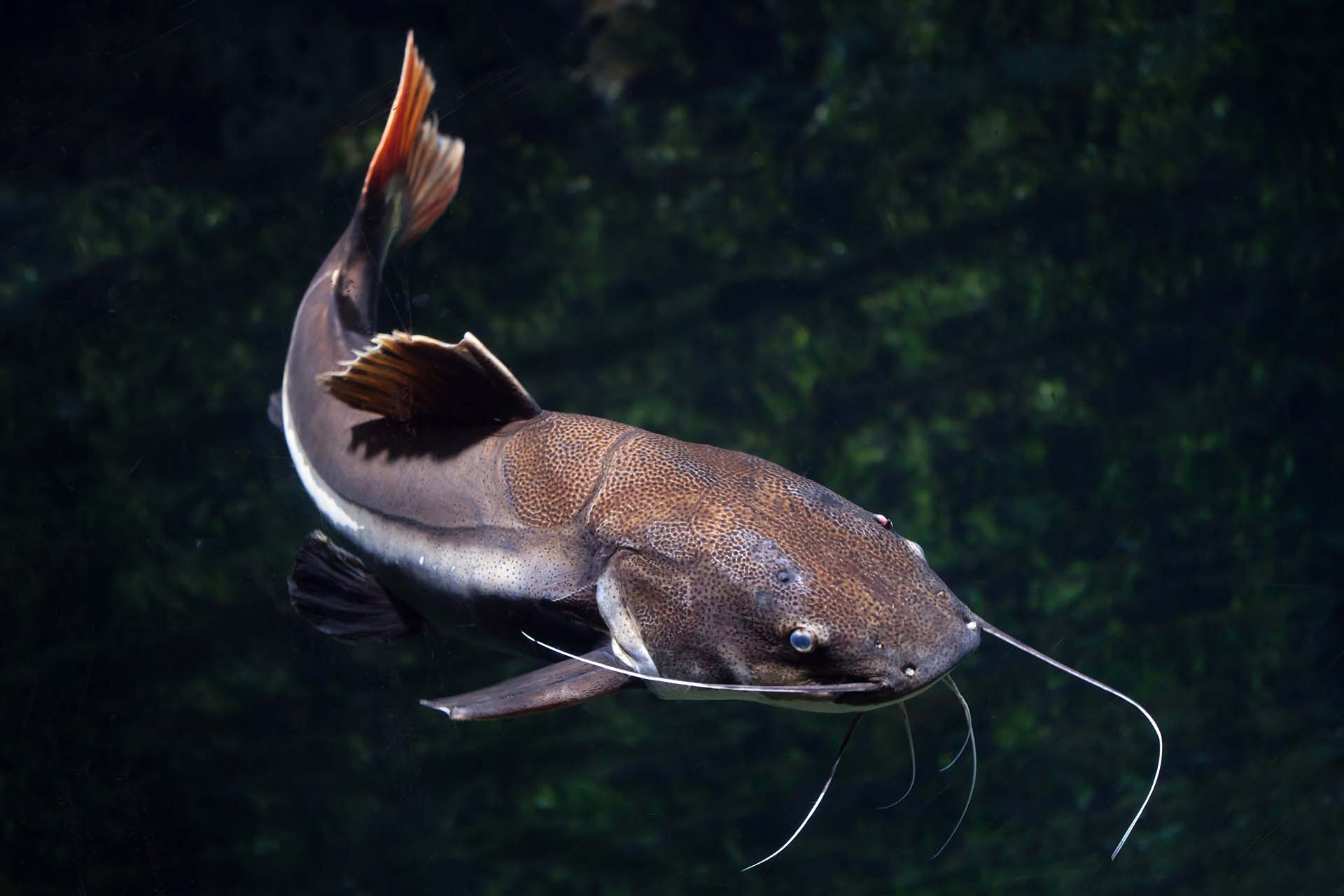
Start With the Basics – Understand the Catfish Behavior
Understanding the nuances of catfish species’ behavior and the best time to catch this fish is a must for a successful day at the water. Different species exhibit varied feeding patterns, preferences for depths, and tendencies to inhabit specific underwater structures.
Examining these factors, you can strategically tailor your tackle setup to match their preferences, increasing the likelihood of a fruitful catch. So, let’s delve into the fascinating world of the big ones’ behavior and pave the way for a well-informed and effective angling gear setup.
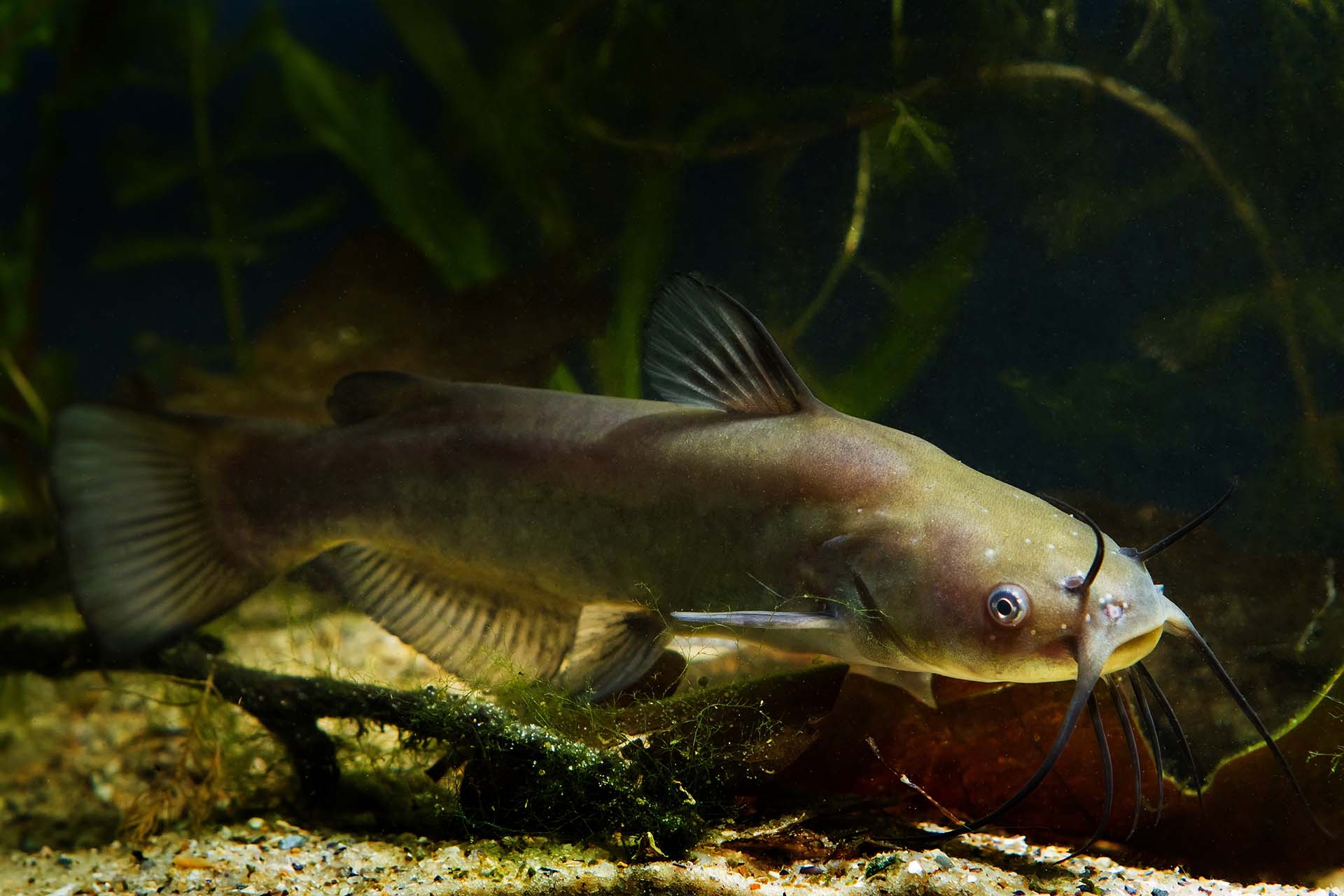
Choose the Right Catfishing Tackle and Gear
Begin with the foundation of your setup – the rod, reel, and fishing line. Opt for a sturdy and appropriately powered rod that can handle the weight and strength of the big ones you’re targeting. Paired with a reliable reel, the combination should provide the strength and control necessary for successful hooksets and battles with formidable big ones.
Choosing the correct line is equally crucial. Consider the line’s strength, durability, and visibility, tailoring your choice to the specific conditions of your angling environment. In essence, the right gear not only enhances your ability to detect bites but also empowers you to handle the challenges that come with landing a trophy successfully.
Explore Some Tips for Selecting the Best Gear Based on Fishing Conditions
Navigating the diverse conditions of catfishing environments requires a strategic approach to gear selection. As you embark on your angling adventure, consider these valuable tips for tailoring your gear to specific conditions:
- Match rod power to the environment – Adjust the power of your rod based on the environment, opting for heavier power for larger bodies of water and lighter power for smaller ones.
- Consider line visibility – In clear waters, opt for a low-visibility line to avoid spooking the fish. In murkier conditions, a high-visibility line can help you detect subtle bites.
- Adapt reel gear ratio – Choose a reel with an appropriate gear ratio for the conditions. Higher gear ratios enable faster retrieval, ideal for open waters, while lower ratios provide more torque for battling big ones in heavy cover.
- Adjust bait presentation – Tailor your gear to accommodate the type of bait and presentation style suited for the specific conditions you’re casting the line in. Adjust sinker weights and hook sizes accordingly./li>
- Factor in weather conditions – Account for weather elements such as wind and current when selecting gear. Consider heavier gear to handle strong currents or windy conditions, ensuring optimal control over your presentation.
There Are Different Types of Catfish Rigs – When and Why to Use Each Type?
Each rig is designed with a specific purpose, offering anglers versatility in their approach. The slip sinker, float rig, and other variations each bring their unique advantages to the angler’s toolkit.
However, understanding when and why to use different types of angling gear is instrumental in elevating your bitting success. Let’s delve into the specific scenarios where each tackle shines:
Slip Sinker Rig
Ideal for bottom angling, the slip sinker rig allows your bait to drift naturally along the river or lake bed. Use this tackle when targeting big pines near the bottom, especially in areas with submerged structures where a traditional sinker might snag.
Float Rig
When the fish are suspended in the water column or during situations where a floating presentation is advantageous, the float rig comes into play. This tackle keeps your bait at a desired depth, making it effective in shallower waters or when the fish are feeding near the surface.
Three-Way Rig
Perfect for presenting bait in swift currents or areas with underwater obstacles, the three-way tackle minimizes snagging. It allows the bait to hover just above the bottom while keeping the mainline away from potential entanglements.
Santee Cooper Rig
Particularly effective for targeting trophy catfish in open water. The Santee Cooper tackle features a sliding sinker, providing flexibility for the fish to pick up the bait without feeling resistance. It’s a go-to choice for anglers chasing large fish in expansive bodies of water.
Go Through All the Steps of Setting Up the Basic Slip Sinker Rig
The catfishing journey with a Slip Sinker Rig requires meticulous setup for optimal success. Begin by selecting the appropriate angling gear, such as rod, reel, fishing line, and hook types. Also, thread the mainline through a slip sinker, add a bead to prevent abrasion, and tie a swivel to the line. Attach a leader line to the swivel, then tie on your chosen hook. Finally, bait the hook and ensure a secure knot. This rigging technique allows for natural bait presentation and is effective for various catfishing environments.
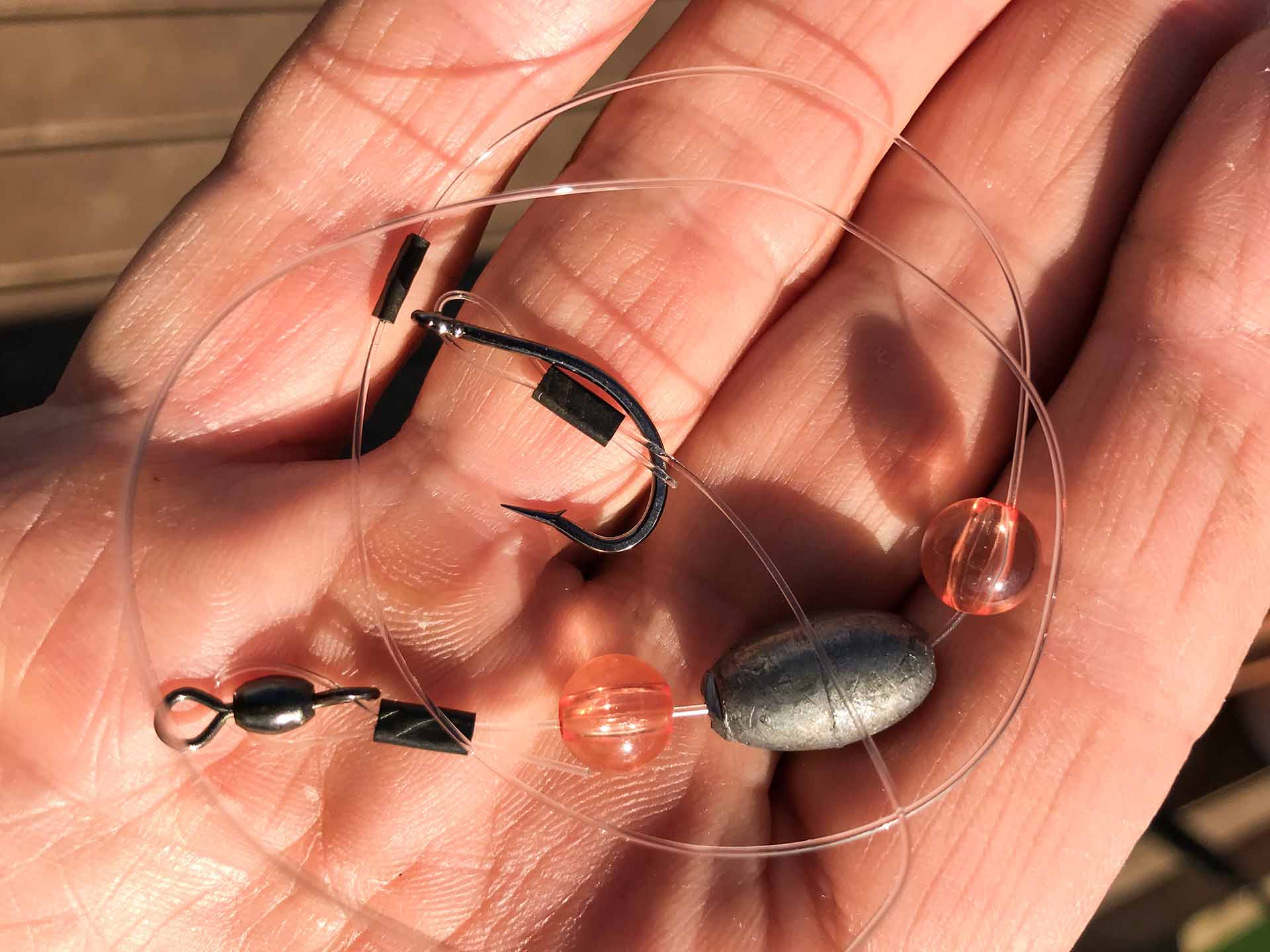
Select the Best Bait for the Big Ones
Choosing the effective catfish baits is an essential aspect of catfishing success, and a well-informed selection can make the difference between a slow day and a memorable catch. These fish are renowned for their diverse palate, responding to various baits with enthusiasm.
Live bait, such as minnows, worms, or even small fish, can be irresistible to the big ones, enticing them with natural movement and scent. Stink baits, specially formulated with potent odors, are another effective option, luring the fish through their keen sense of smell. Cut bait, which includes chunks or strips of fish, adds both scent and visual appeal, making it a versatile choice for different species.
Tips for Choosing Effective Bait Based on Catfish Species
Choosing effective bait tailored to specific species is a nuanced art that involves understanding their preferences and behaviors. Here are some tips to guide you in selecting the right bait for various species:
- Know your catfish species – Different species have distinct preferences. For example, channel catfish are often attracted to stink baits, while flathead ones may prefer live bait like sunfish or shad.
- Live bait for active predators – Channel and blue catfish are known to be active predators, and live bait can be highly effective in enticing them. Consider using live minnows, shad, or small bluegills to mimic natural prey and trigger their predatory instincts.
- Stink baits for scent attraction – Prepared stink baits, either commercial or homemade, can be highly effective due to the catfish’s keen sense of smell. Experiment with various flavors and scents to find what works best for the specific species in your area.
- Cut bait for opportunistic feeders – Chunks of fish or other natural prey is a versatile option. It works well for species like flatheads that are opportunistic feeders. Adjust the size of the cut bait based on the size of the catfish you’re targeting.
- Consider water temperature – The big one activity is often influenced by water temperature. In warmer months, the fish are more active and may respond better to livelier bait, while in colder months, they may be more sluggish and favor scent-based baits like stink baits.
- Experiment and observe – Catfish can exhibit different feeding behaviors based on location and conditions. Experiment with different baits, presentation styles, and depths. Observe the response and adjust your approach accordingly.
- Research local preferences – Local knowledge can be invaluable. Connect with local anglers, check fishing forums, or consult with bait and tackle shops to gather insights into the most effective bait choices for the species prevalent in your area.
Rigging Techniques for Different Environments
Navigating the diverse landscapes of rivers, lakes, and ponds demands strategic rigging techniques for successful catfishing. Tailoring your approach to the specific environment is key to optimizing your chances of a bountiful catch.
River Catfishing Strategies
When catfishing in rivers, focus on deep channels, submerged structures, and eddies where the fish often congregate. Employ a slip sinker tackle to let your bait drift naturally along the riverbed. Adjust sinker weights based on the current strength, ensuring your bait stays in the strike zone.
Lake Catfish Rig Setup
Lakes present expansive and varied habitats for big ones. Use a versatile tackle like the Carolina rig for flexibility in presenting bait at different depths. Target underwater structures, points, and drop-offs where the fish tend to patrol. Experiment with bait types and depths to identify the most effective combination.
Pond Fishing for Catfish
Ponds, with their more confined spaces, require precision. Consider a floating tackle to keep your bait suspended at the desired depth, particularly when fishing near vegetation or submerged structures. Pay attention to the water temperature and target shallower areas during warmer periods.
Adaptations of the Big Ones’ Tackle
One of the catfishing success tips is to read the subtle cues from the environment and make real-time adjustments to your tackle. If bites are tentative, try different bait presentations. Alter sinker weights or leader lengths based on water conditions and the fish behavior. Adaptability is key to staying one step ahead of your elusive prey.
Adjusting catfish rigs should be based on the unique characteristics of each environment. In rivers, focus on current breaks in lakes and explore drop-offs and points. In ponds, target shallower areas. Adjust leader lengths, sinker weights, and bait presentations to suit the specific conditions of the water body you’re fishing in.
Factor in water conditions such as clarity and depth when setting up your tackle. In muddy waters, opt for baits with strong scents, while in clearer waters, focus on natural-looking presentations. Vary your rig depth to match the catfish’s preferred feeding zones in different seasons.
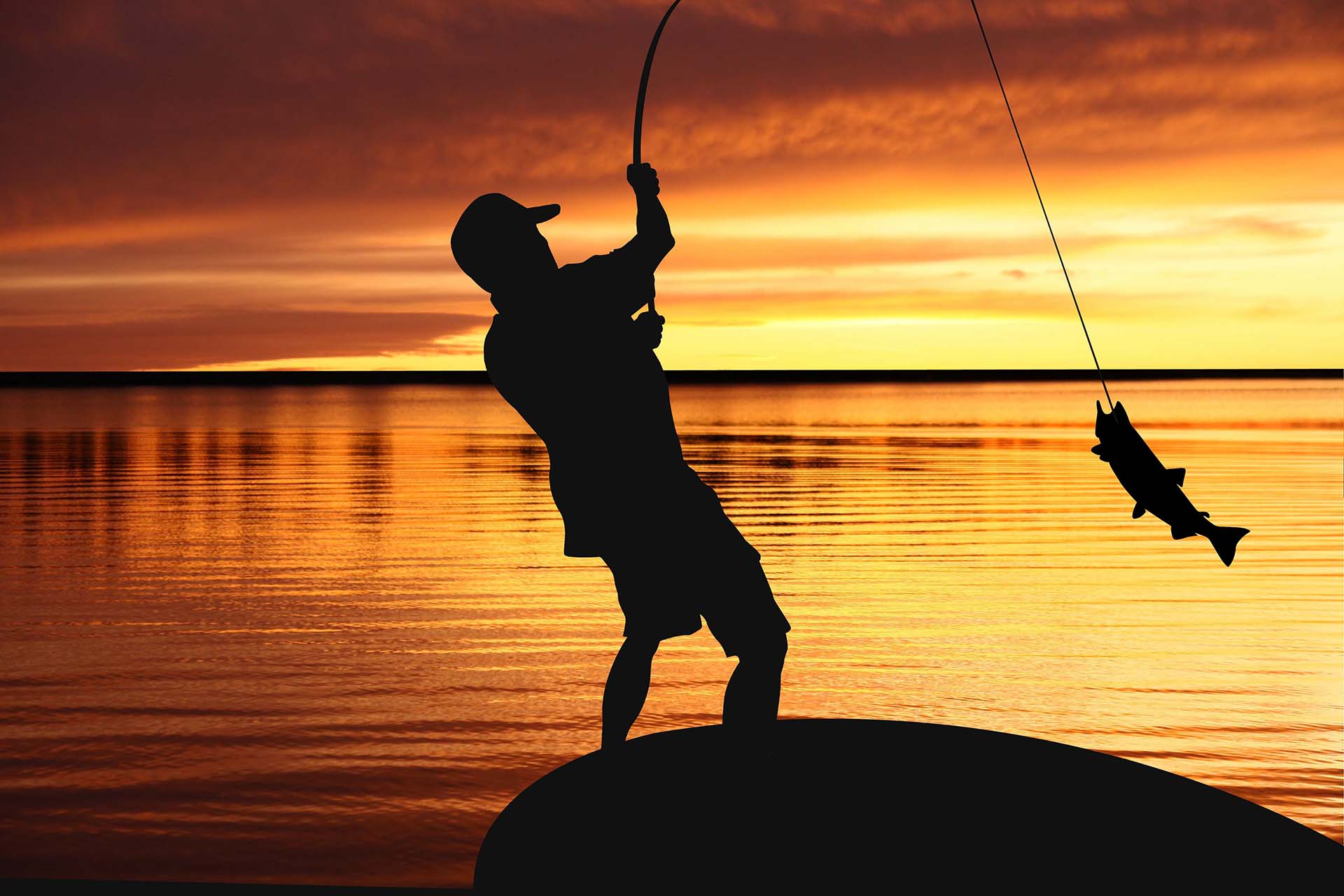
Rigging Mastery With Seasonal Catfishing Techniques – Tailoring Success to Every Locale
As you traverse rivers, lakes, and ponds, experiment with rigging techniques that suit each environment’s nuances. The adaptability of your tackle and your ability to read and respond to environmental feedback will ultimately determine your success. Encourage fellow anglers to embark on their own explorations, discovering the rig setups that work best for their unique preferences and fishing locales. May your lines stay taut and your catfish tales grow with each well-executed setup. Happy fishing!


